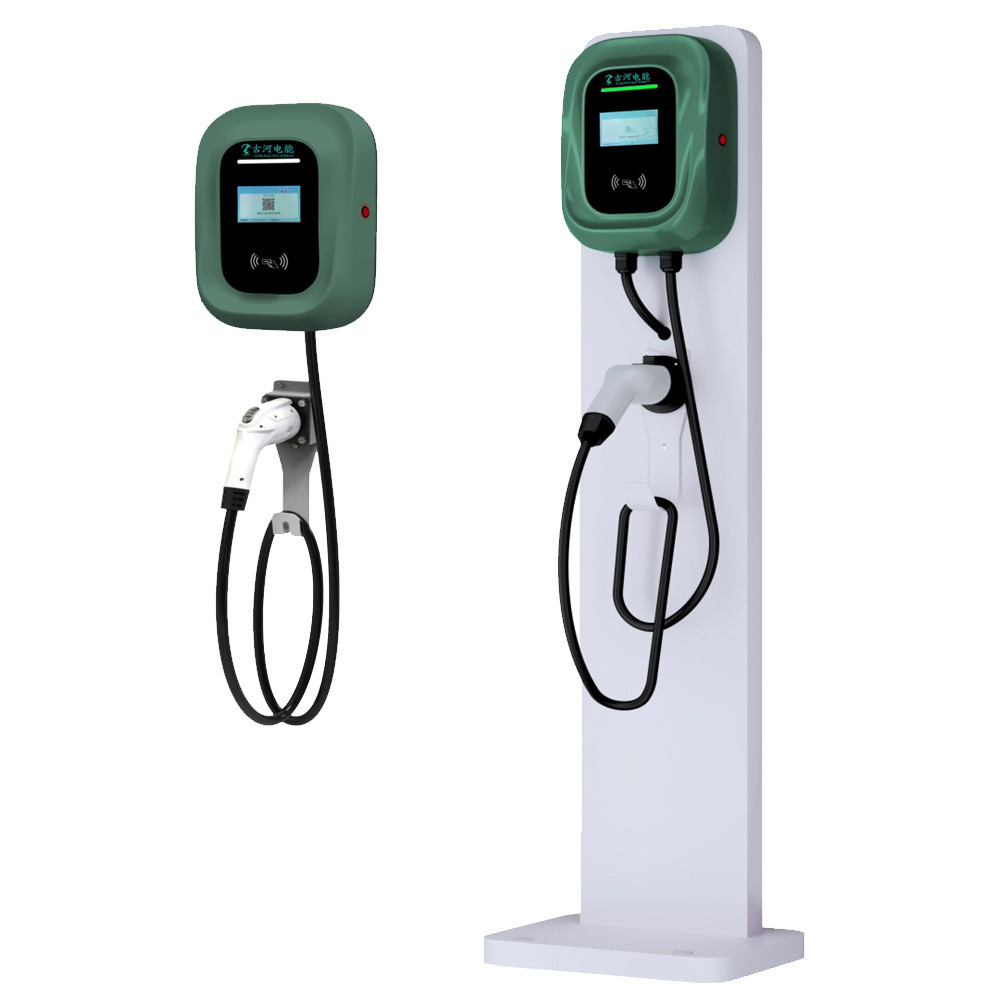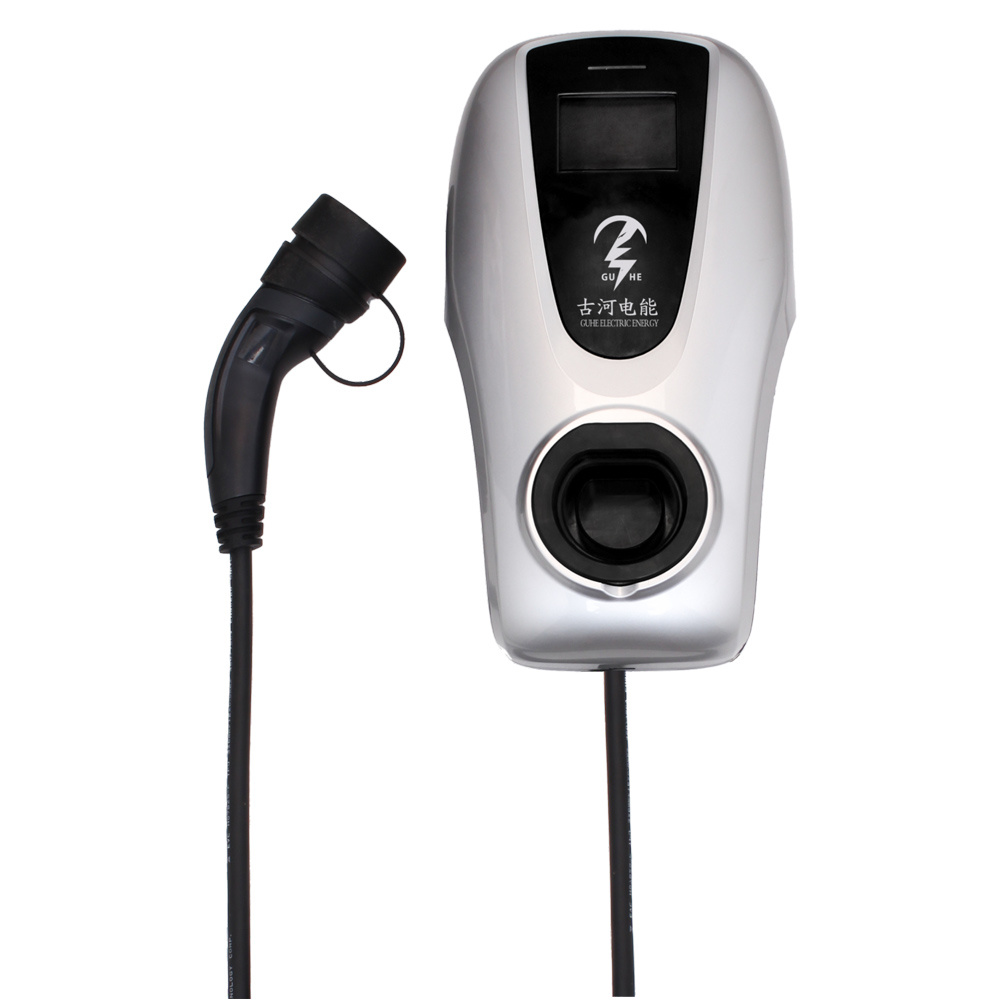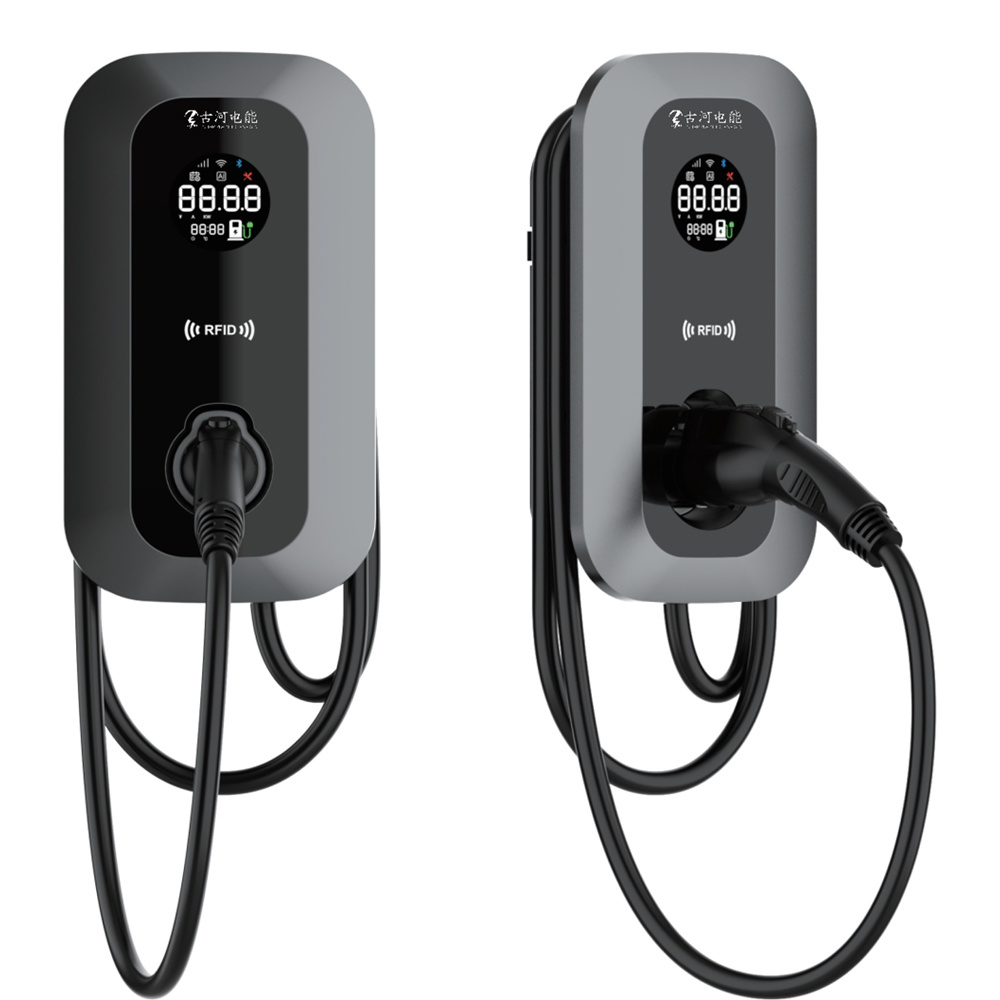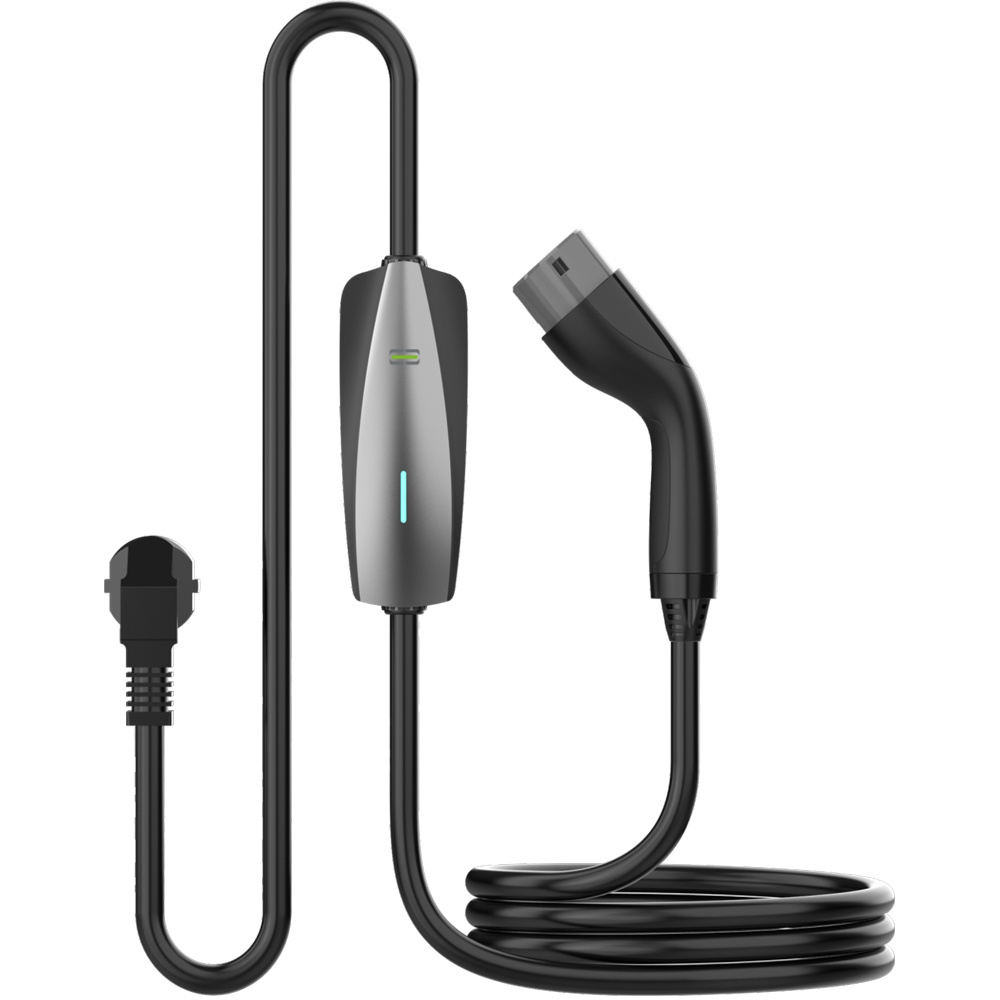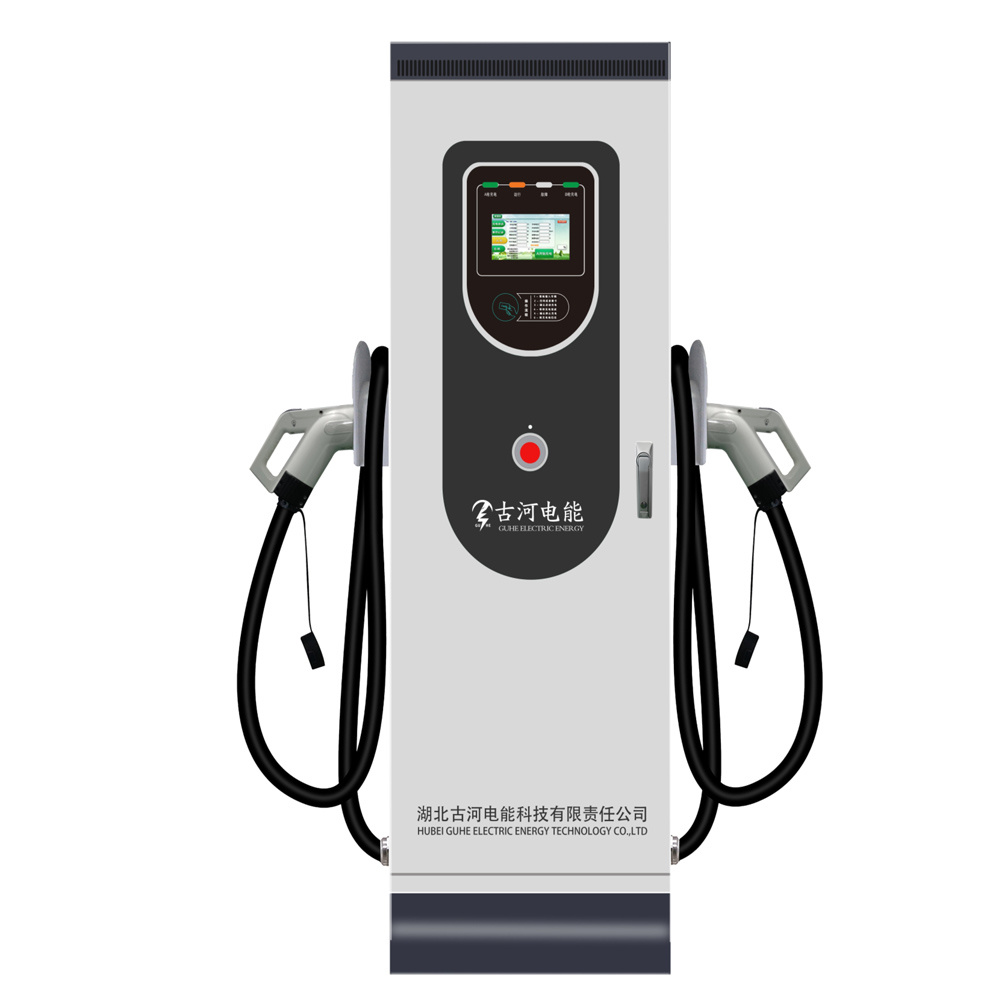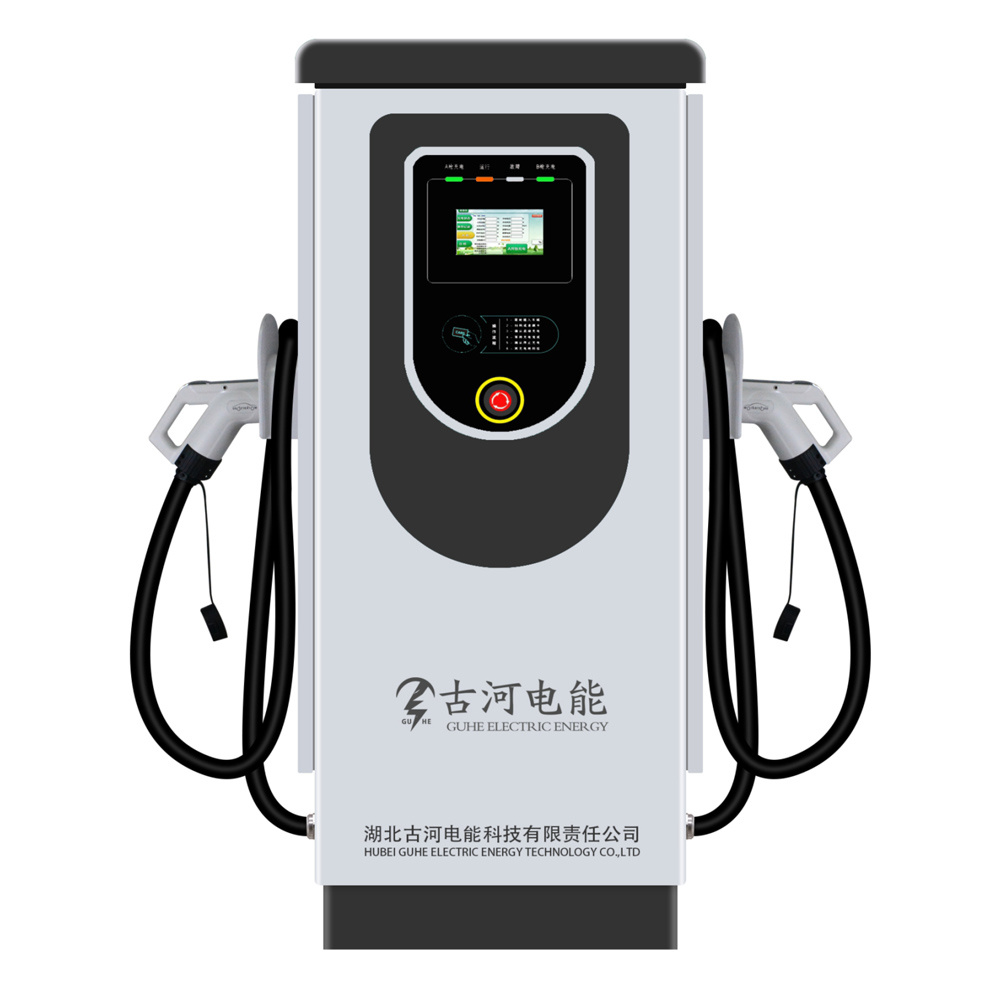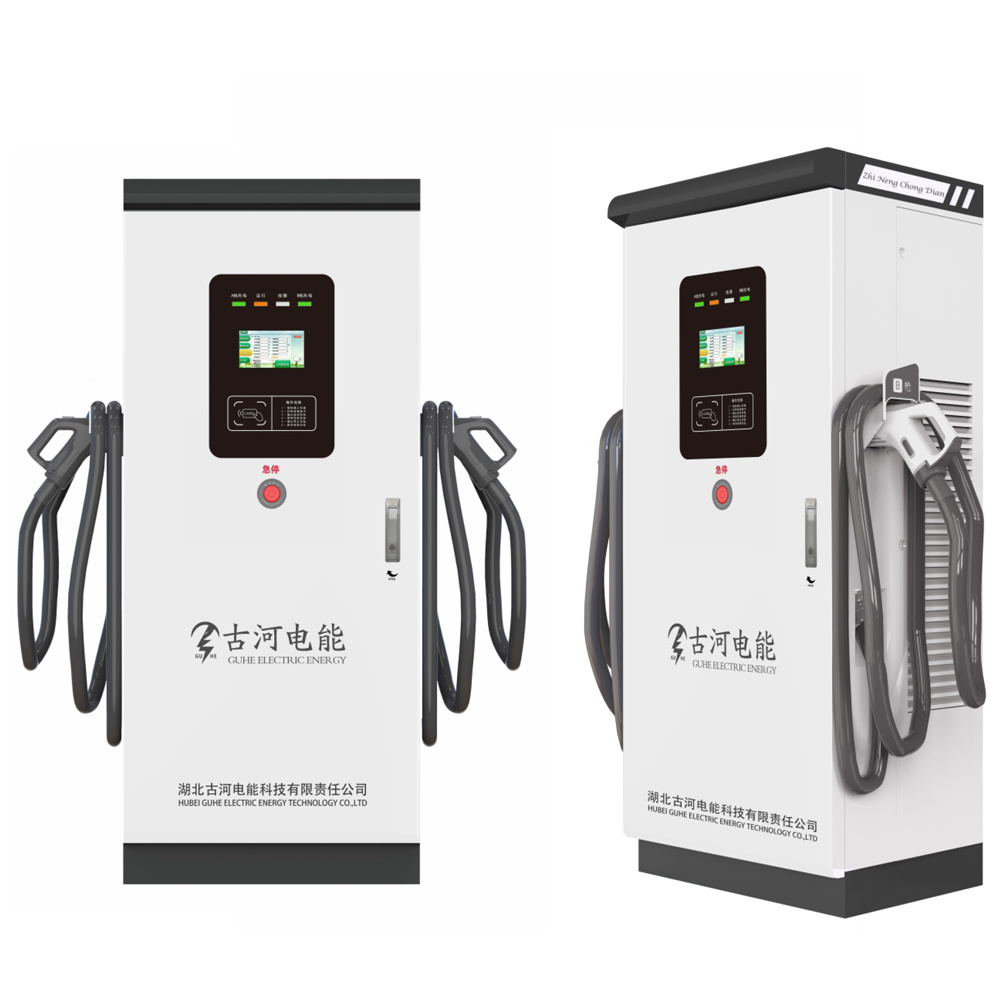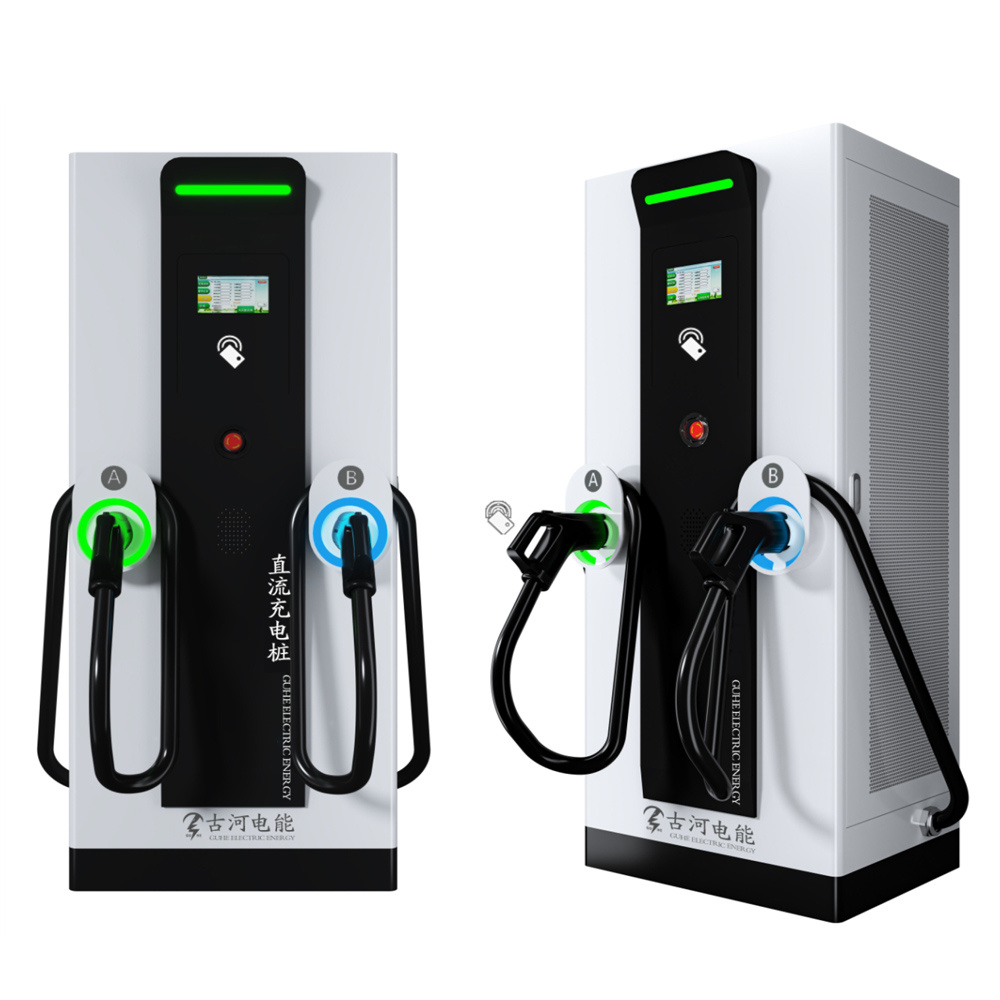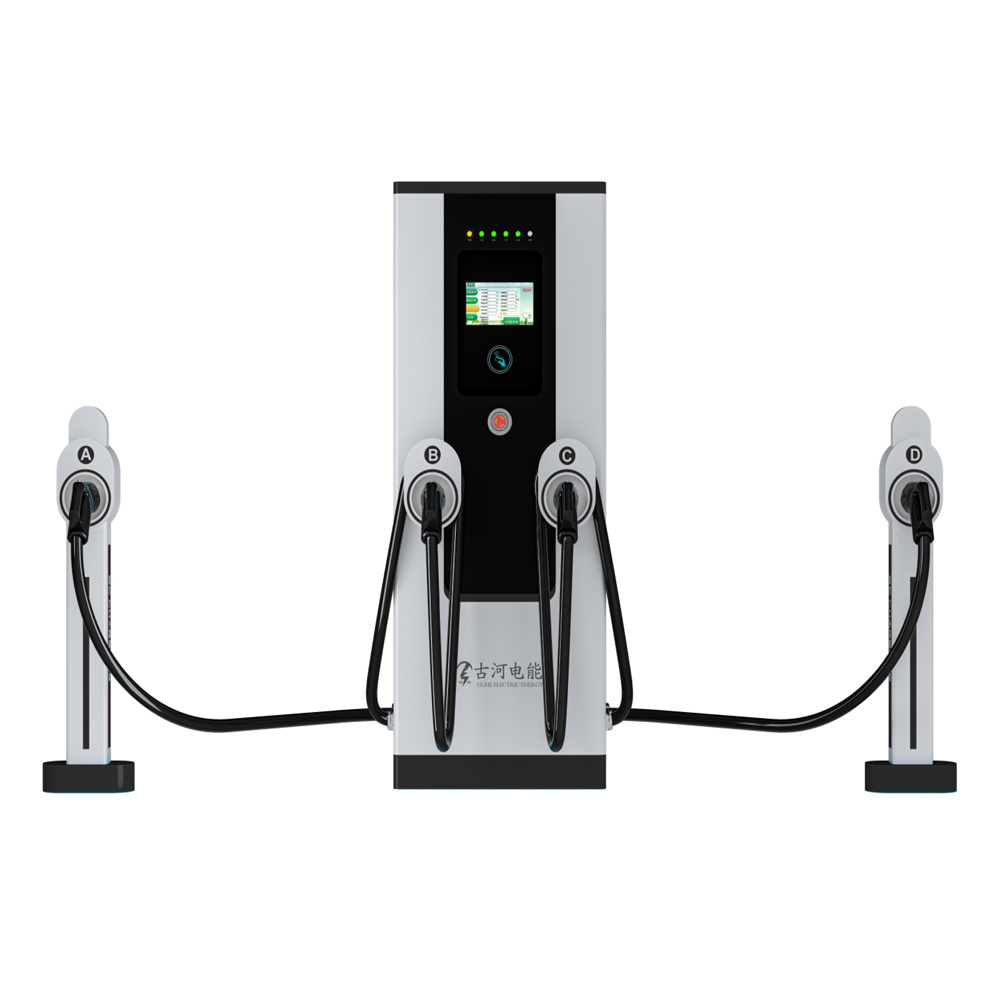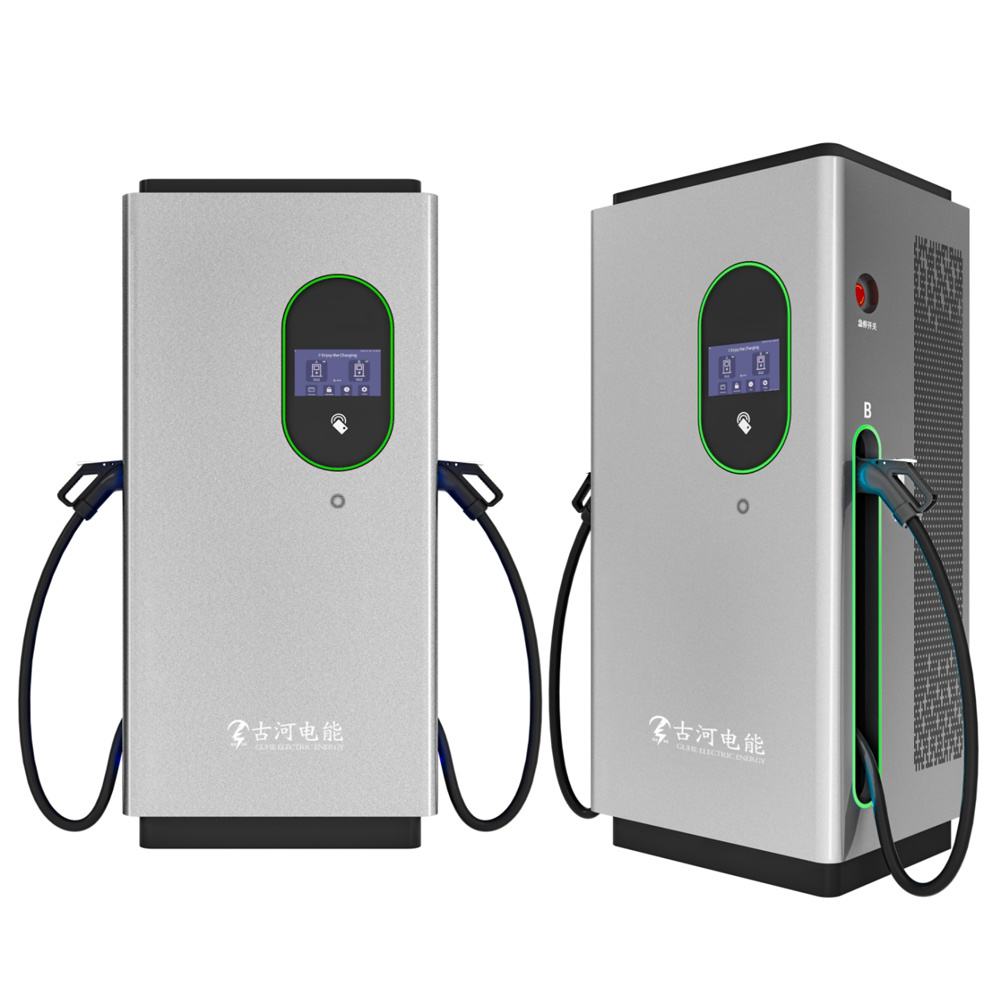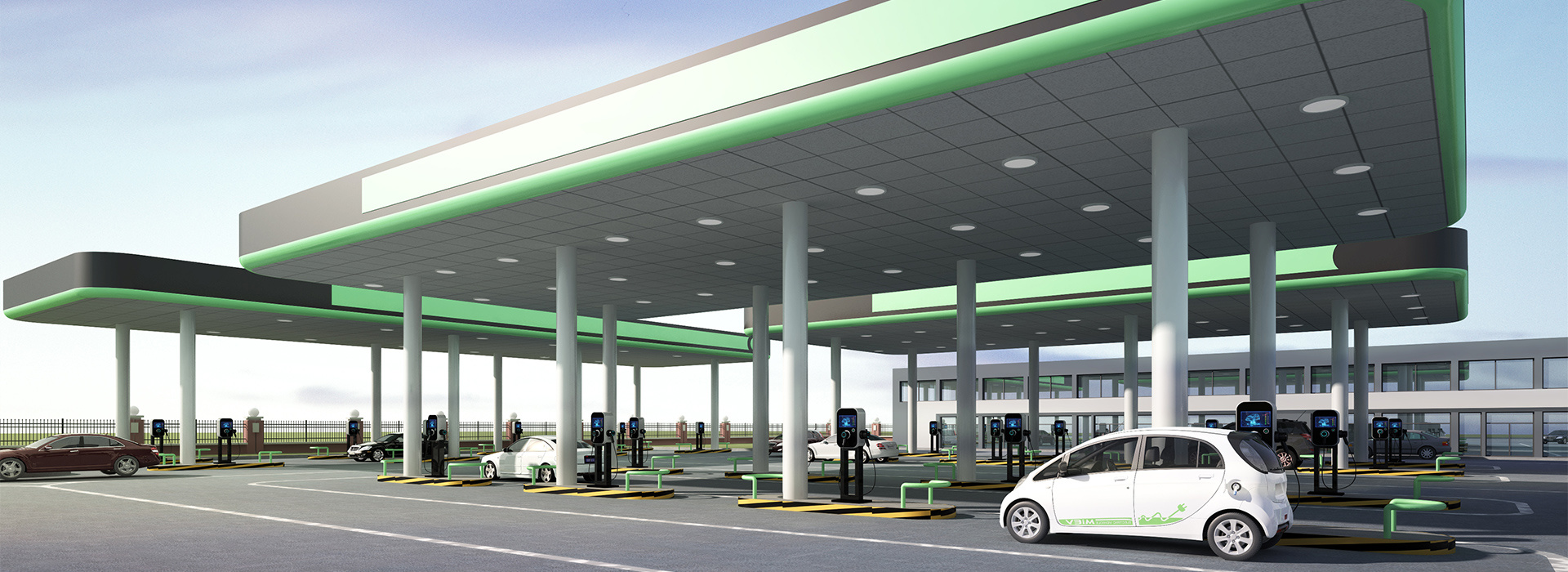How much do you know about charging piles for new energy vehicles? After reading it, you will understand!
Release time:
2024-07-28
Summary: Do you want to have new energy vehicles to enjoy low-carbon travel? If you have or plan to buy, you will care about charging piles. It is a "gas station" to make the trip smooth. What are the types of charging piles, how they work, and what are the advantages?

Do you also want to own a new energy vehicle and enjoy a low-carbon and environmentally friendly way to travel? If you already have a new energy vehicle, or plan to buy one, then you will definitely care about the charging pile. Charging pile is the "gas station" of new energy vehicles, which can provide electricity for your car and make your journey smoother. So, what are the main types of charging piles, how do they work, and what are the advantages?
There are many types of charging piles. According to their power and speed, they can be divided into fast charging piles and slow charging piles. The power of the fast charging pile is generally above 50KW, which can charge 80% of the electric vehicle within 30 minutes, and is suitable for public places and commercial use. The slow charging pile has a smaller power and a longer charging time, which is suitable for home and company parking lots.

At present, there are two main types of charging piles on the market, one is AC charging piles, and the other is DC charging piles. After the AC charging pile lowers the voltage of the power grid, it directly charges the car battery through the charging cable, and the on-board charger converts the AC power into DC power, and then charges the power battery. AC charging pile power is generally small, more suitable for small cars and family cars, more installed in public parking lots, shopping malls and community garages and other places. The advantages of AC charging piles are low cost, flexible installation, and simple maintenance, but the disadvantage is that the charging speed is slow, and it generally takes 4 to 8 hours to fill.
The DC charging pile increases the voltage of the AC power grid, after rectification, filtering, conversion, etc., outputs adjustable DC, and directly charges the power battery through the charging cable and plug. The power of the DC charging pile is generally between 30kW and 240kW. It is suitable for long-range, high-power new energy vehicles. It is mostly installed in highway service areas, urban expressways and urban centers. The advantage of the DC charging pile is that the charging speed is fast, and it can be fully charged within half an hour to an hour, but the disadvantages are high cost, large area, high heat dissipation requirements, and have a certain impact on the life of the power battery.
Secondly, let's look at the technical principle of charging piles. The principle of the AC charging pile is relatively simple, that is, the 220V or 380V of the AC power grid is reduced to 110V or 220V suitable for automobile use through a transformer, and the control and management of the charging process is realized through devices such as controllers and meters. AC charging pile has four common charging modes: fixed time, fixed amount, fixed power and automatic (that is, full according to the maximum capacity of the power battery). Users can choose the appropriate mode according to their needs, and operate and pay through the human-computer interaction interface.
The principle of DC charging pile is relatively complicated. It needs to raise the three-phase 380V of AC power grid to 500V or 1000V, convert it to DC through rectifier, and carry out filtering and voltage stabilization. Then, the DC output is adjusted to 150V to 750V suitable for automobile use through a DC-DC converter, and is isolated and protected.
As an important supporting facility for new energy vehicles, charging piles can not only provide users with convenient, safe and economical charging services, but also bring many benefits to the society. For example, charging piles can promote the popularization and development of new energy vehicles, thereby reducing the use of fuel vehicles, reducing carbon emissions and environmental pollution, improving energy efficiency and safety, and achieving energy transformation and carbon neutrality goals. The increase in the number of charging piles can promote the innovation and upgrading of the automobile industry, thereby increasing the added value and competitiveness of the automobile industry, creating more jobs and taxes, and promoting economic growth and social stability.
In addition, charging piles can build smart energy networks and vehicle networking, so as to realize the collection, analysis and application of data such as energy supply and demand, vehicle operation, and traffic conditions, and provide more information services and value creation.
Finally, charging piles can improve the user's travel experience and quality of life, thereby increasing user satisfaction and loyalty, and cultivating more consumer demand and market potential. So do you usually use charging piles?
Car charging piles into the Forbidden City? Fake
On the 23rd, in a new energy vehicle App, the shared charging pile of the Palace Museum frequently "flashed". Not only is there a display in the tourist-intensive area, but also the unopened Yongshou Palace area has been "installed". The screenshots of netizens have aroused heated discussion.
2024-07-23
The charging pile is installed!
Recently, the Intermediate People's Court of Zigong City, Sichuan Province issued the "White Paper on the Trial of Property Disputes in Zigong Court", which put forward corresponding suggestions and countermeasures for prominent contradictions and problems, and announced eight typical cases of property disputes.
2024-07-28
Is it difficult to maintain public charging pile equipment?
Public charging piles are usually distributed in different areas of the city, including commercial areas, residential areas, highway service areas, etc. The large number and geographical dispersion increase the difficulty and cost of maintenance.
2024-07-28





